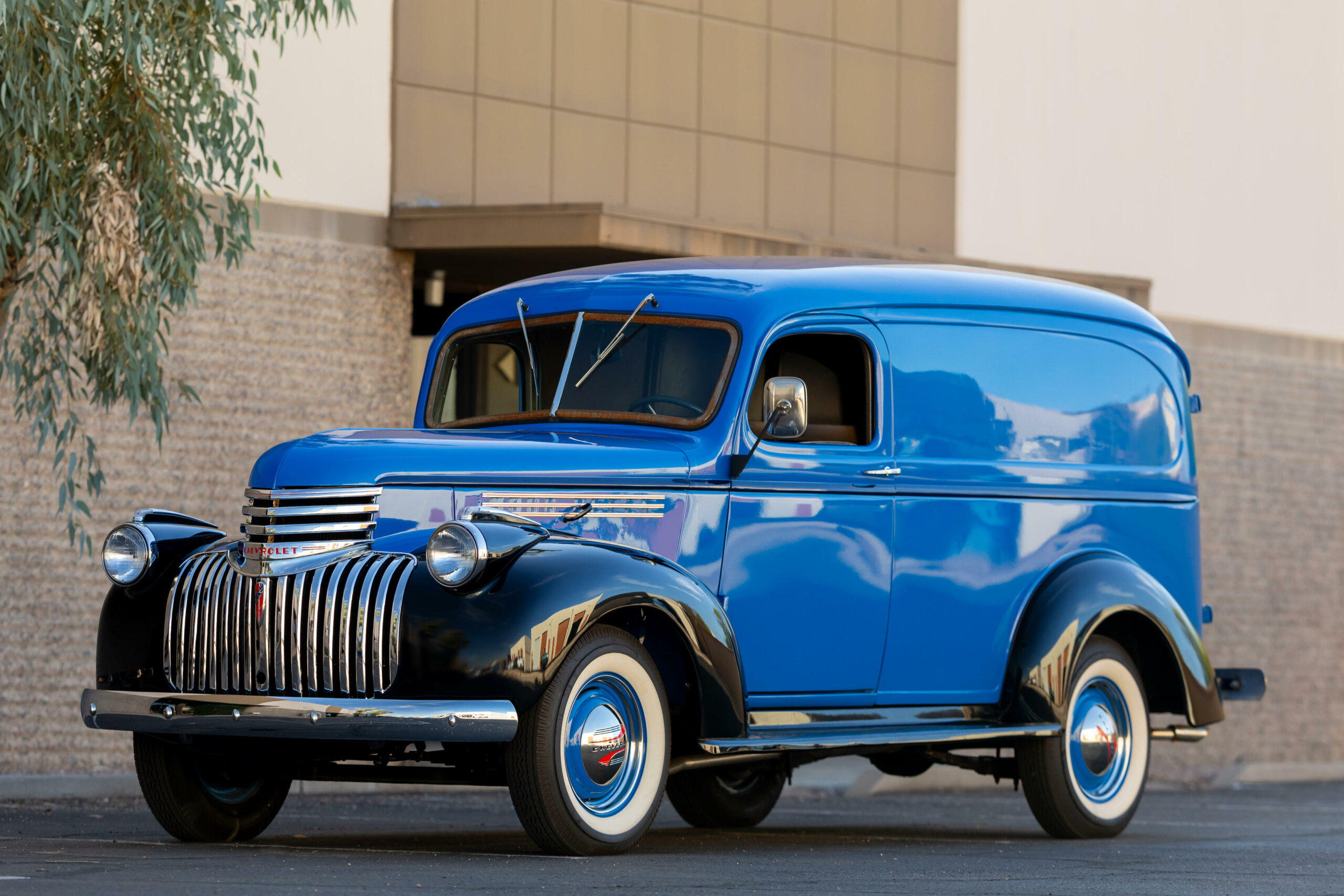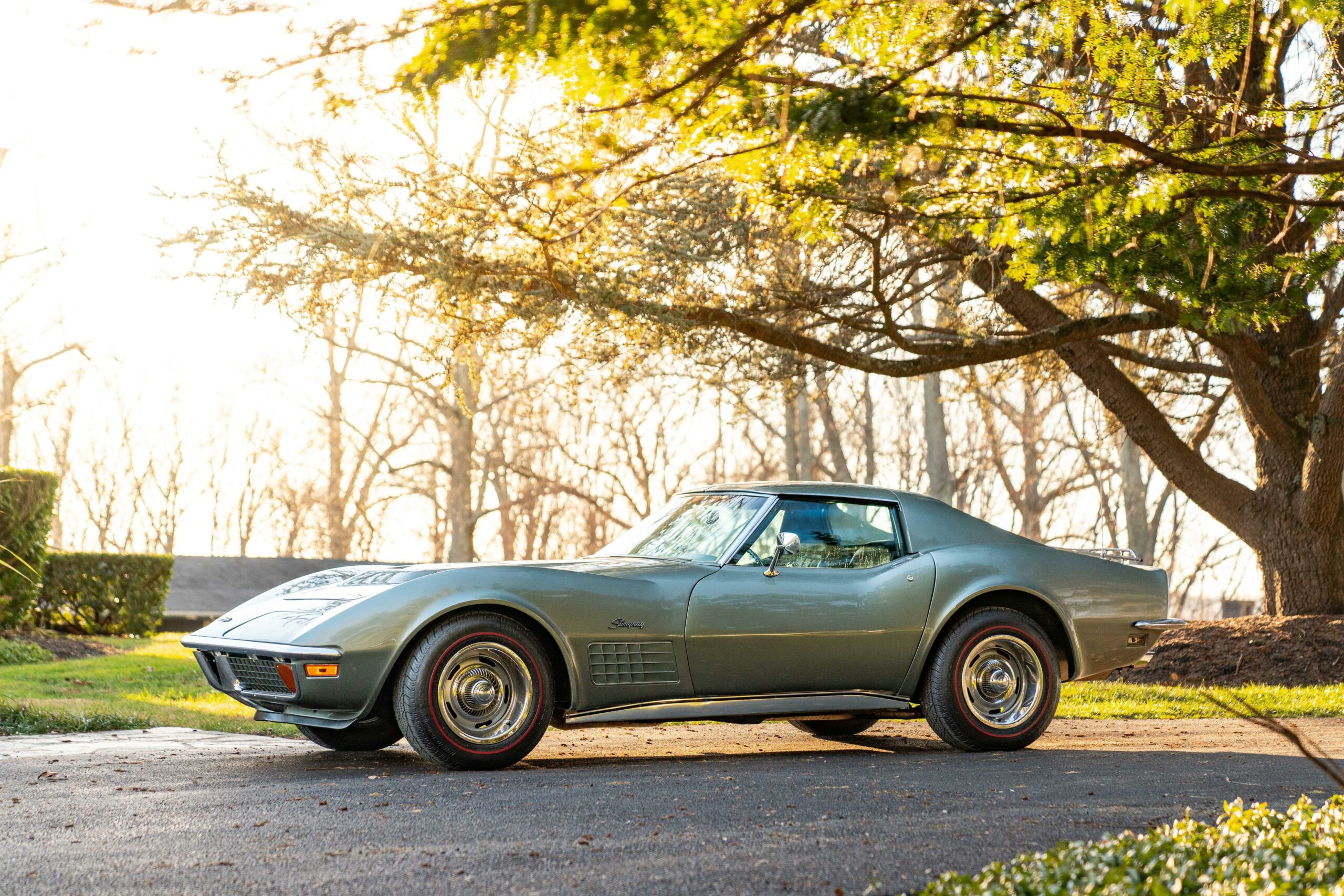Close
Chevrolet, often referred to as Chevy, is one of the most iconic and recognized American automobile brands, with a storied history dating back over a century. Founded by Louis Chevrolet and William C. Durant in 1911, Chevrolet has played a significant role in shaping the American automotive landscape.
Louis Chevrolet, a Swiss-born racing driver and engineer, partnered with Durant, a prominent figure in the early American automotive industry, to establish the Chevrolet Motor Car Company. The company’s goal was to offer affordable, reliable, and well-engineered automobiles to the American public.
In 1913, Chevrolet introduced its first car, the Chevrolet Series C Classic Six. This vehicle was a success and helped establish Chevrolet as a competitive player in the automobile market. The brand quickly gained a reputation for producing quality vehicles at affordable prices, making it accessible to a broad range of consumers.
Chevrolet’s commitment to innovation and engineering excellence was evident in its introduction of the V8 engine in 1917, setting a standard for performance and power in the automotive industry.
In 1918, Chevrolet became part of General Motors (GM), a merger orchestrated by William C. Durant. This union allowed Chevrolet to benefit from GM’s vast resources, leading to expanded production and a broader range of models.
One of Chevrolet’s most iconic cars, the Chevrolet Suburban, was introduced in 1935. The Suburban, a full-size SUV, has maintained its status as one of the longest-running nameplates in the automotive industry and continues to be a popular choice for families and businesses.
During World War II, Chevrolet shifted its production to support the war effort by manufacturing military vehicles and equipment. After the war, Chevrolet resumed civilian production and continued to expand its lineup, introducing models like the Chevrolet Bel Air and Chevrolet Corvette.
The 1950s and 1960s were a golden era for Chevrolet, with the introduction of iconic models like the Chevrolet Impala, Chevrolet Camaro, and Chevrolet Chevelle. These cars became cultural symbols of American style and performance.
Chevrolet’s commitment to performance reached its zenith with the introduction of the Chevrolet Corvette in 1953. The Corvette, often referred to as “America’s Sports Car,” has become an enduring symbol of American automotive engineering and design.
In the 1970s and 1980s, Chevrolet adapted to changing market demands, introducing fuel-efficient models like the Chevrolet Vega and the Chevrolet Citation. The Chevrolet Silverado, a full-size pickup truck, also became a cornerstone of Chevrolet’s product lineup.
Chevrolet continued to innovate in the 21st century, with the introduction of electric vehicles like the Chevrolet Volt and Chevrolet Bolt EV, reflecting a commitment to sustainable mobility.
Today, Chevrolet offers a diverse range of vehicles, including trucks, SUVs, and passenger cars, with a focus on safety, technology, and value. The brand’s well-known slogan, “Find New Roads,” embodies Chevrolet’s mission to provide customers with transportation solutions that meet their needs and aspirations.
Chevrolet’s legacy is characterized by its enduring presence in the American automotive landscape, with a reputation for reliability, affordability, and performance. The brand’s iconic bowtie logo remains a symbol of American automotive ingenuity, capturing the spirit of innovation and progress that defines Chevrolet’s history.




